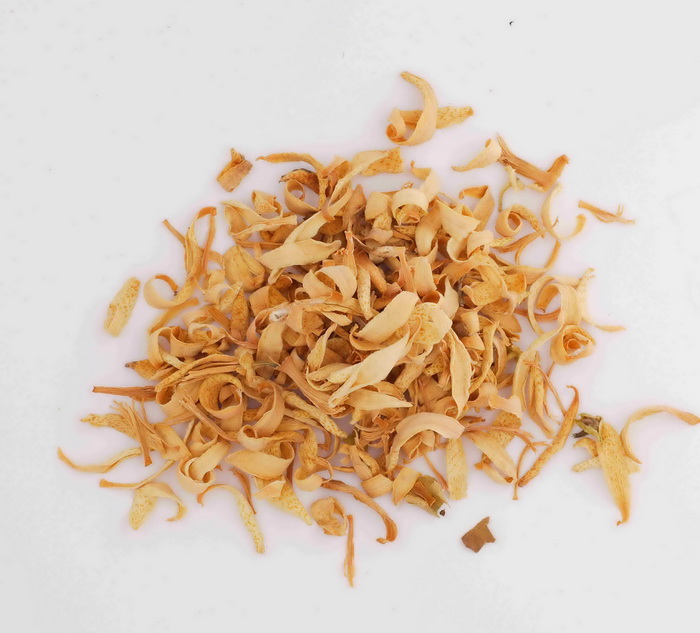Product Overview
Dried orange blossoms find widespread use in teas, desserts, and as flavoring agents in various culinary dishes. Chefs and home cooks appreciate their sweet and heady aroma, which enhances many recipes. Furthermore, these blossoms offer potential health benefits, including the ability to alleviate anxiety and promote relaxation. As a result, they serve not only as a delightful ingredient but also as a natural remedy for enhancing well-being.
Types of Dried Orange Blossoms
Whole Dried Blossoms: Typically used for brewing tea or as decorative elements.
Dried Petals: Commonly used in baking and cooking.
Orange Flower Extract: A distilled product made from the blossoms, often used in desserts and beverages.
Packaging for Export
We utilize high-quality, food-safe packaging materials that comply with international export regulations for our products. Specifically, we design the packaging to prevent damage during transit while also protecting the dried flowers from moisture, light, and air. These elements can degrade the quality of the flowers; therefore, we prioritize these features to ensure that our dried orange blossoms maintain their premium quality from our facility to your location. Consequently, you can trust that our products arrive in excellent condition.
Technical Information
Moisture Content: Should be kept below 10% to prevent mold growth.
Color: Fresh dried blossoms typically exhibit a vibrant white to pale yellow hue.
Aroma: A strong, sweet fragrance is essential for quality assessment.
Composition Breakdown
Petals: Approximately 70-80%
Leaves and Stems: Approximately 20-30%
Cultivation Regions in Iran
Dried orange blossoms are primarily cultivated in:
Fars Province: Known for its favorable climate for citrus cultivation.
Kerman Province: Another significant area for orange production.
Harvesting and Processing
Harvesters should pick flowers during dry conditions, ideally in the late morning when moisture levels are low. This timing helps preserve the flowers’ quality. After harvesting, we can use drying methods such as air drying or desiccants to maintain optimal quality. Additionally, we must ensure proper storage conditions post-harvest to retain both flavor and aroma. By following these practices, we keep the dried flowers vibrant and aromatic.
Applications
Culinary uses include flavoring teas, desserts, and syrups.
Therapeutic applications focus on relaxation and digestive health.










